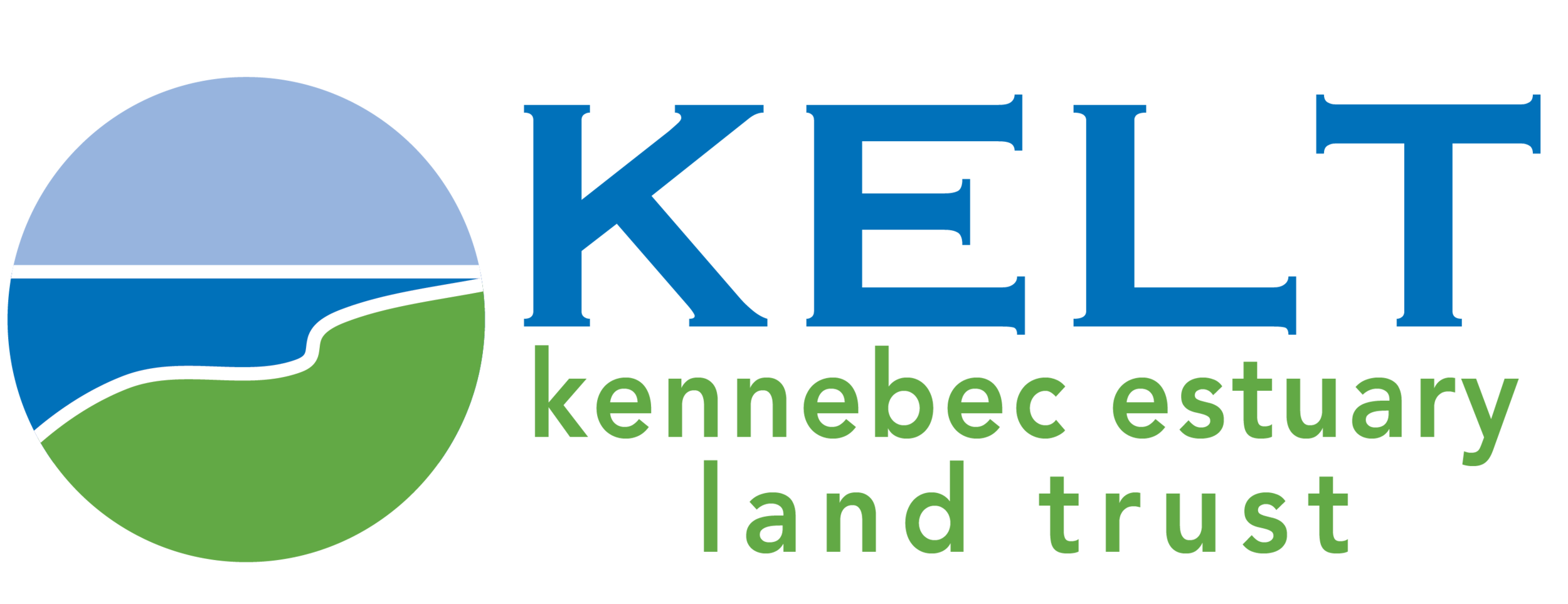Protecting Land
The landscapes KELT conserves give people a place to recreate while also providing essential homes for plants and animals. When KELT considers a land protection project, we prioritize land that borders other undeveloped land, and we consider the different habitats the land contains. Larger preserves and more diverse habitat help species deal with changing conditions. During warm temperatures and droughts, animals can move to shaded slopes and wetlands that are cooler or wetter. If conditions change enough, connected land provides ‘wildlife corridors’ that enable animals to move to another part of the state with the food and resources they need to survive.
Additional Resources
Resiliency relies on local diversity of habitat and biology, resilient ecosystems help species deal with environmental changes on a local level.
Connectivity is the degree to which protected areas are continuous and allow for safe movement between areas and resources, particularly important for species during greater environmental changes.
Conservation efforts aim to protect diverse, resilient lands and in a way that increases connectivity of natural areas.
Visualize resilient lands and areas of ecological value:
Interactive map of landscape diversity and connectivity flows, as well as priority areas of the east coast.
Map exploring how marsh ecosystems would shift in Maine as sea levels rise.
Interactive map evaluating areas of resilience important to conserve under different sea level rise scenarios.
Understand the elements of resiliency and Connectivity:
Story map with information on resiliency and the methodology behind the resilient and connected lands map.
Story map covering land connectivity and the methodology of the sites for conservation map.

